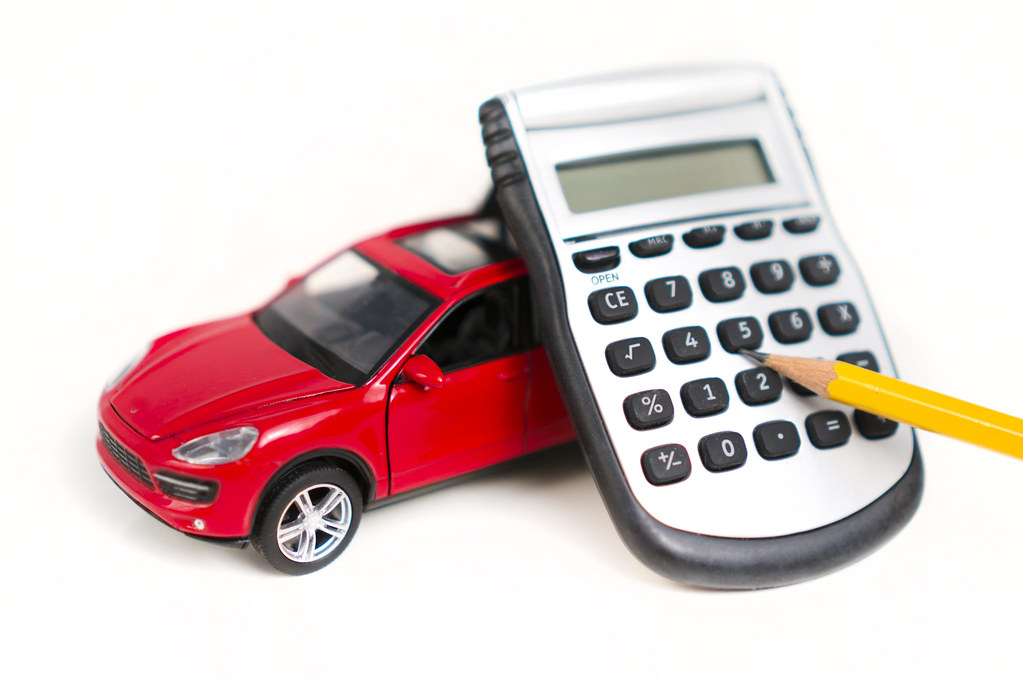When it comes to acquiring a new set of wheels, most of us turn to financing as a viable solution. But how does financing a car really work, and what should you know before diving into the world of auto loans and monthly payments? This guide is your compass through the labyrinth of car financing. We’ll navigate through the processes, from securing a loan to managing your payments, and provide you with the insights and knowledge needed to drive away with the car you desire. Discover the inner workings of car financing and make your automotive dreams a reality.
Key Takeaways
- Financing a car involves borrowing money from a financial institution to purchase a vehicle.
- Factors such as the down payment, APR, and loan term play a role in determining the cost and terms of the loan.
- Financing allows for immediate access to funds, eventual ownership of the car, and the potential to improve credit score.
- However, there are downsides such as higher costs, limited vehicle options, insurance requirements, and the risk of repossession.

Understanding Car Financing Basics
To understand car financing basics, you need to know the factors that make up a car loan. These factors include the down payment, APR, and loan term.
The down payment is the amount of money you put toward the car. It shows your commitment to the loan and reduces the amount you need to borrow.
The APR, or Annual Percentage Rate, is the cost of borrowing money. It is determined by your credit score and affects the overall cost of the loan. A lower APR is preferable as it means you will pay less in interest.
The loan term is the period of time in which you have to pay back the borrowed money. Longer loan terms may have lower monthly payments, but they also mean more interest paid over time. On the other hand, shorter terms allow you to build equity in the car faster and pay less in total interest.
Understanding these factors is crucial in making informed decisions when financing a car. Taking the time to consider the down payment, APR, and loan term will help you determine the best financing options for your financial situation.
The Role of Down Payment in Car Financing
You should consider the role of a down payment when financing a car, as it shows your commitment to the loan and can potentially affect your loan terms.
A down payment is the amount of money you put towards the car upfront, before financing the rest. By providing a larger down payment, you demonstrate to the lender that you’re invested in the loan and are more likely to make timely payments. This can lead to more favorable loan terms, such as a lower interest rate or a shorter loan term.
On the other hand, a smaller down payment may result in higher interest rates or a longer loan term. Therefore, it’s important to carefully consider the amount of your down payment when financing a car.
Decoding Annual Percentage Rate (APR) in Car Loans
Understanding the Annual Percentage Rate (APR) in car loans is essential for making informed financial decisions. When you finance a car, the APR represents the cost of borrowing money. It’s determined by factors such as your credit score.
A lower APR means you’ll pay less in interest over the loan term. On the other hand, a higher APR can significantly increase the overall cost of the car. It’s important to compare APRs from different lenders to find the best deal.
Additionally, understanding the APR allows you to calculate monthly payments accurately. By knowing the APR, you can budget effectively and avoid any surprises.
Choosing the Right Loan Term for Car Financing
Considering both the short and long-term financial implications, it’s important to weigh the pros and cons when choosing between a shorter or longer loan term for car financing.
A shorter loan term typically means higher monthly payments, but it also means paying less interest over the life of the loan. This can save you money in the long run.
On the other hand, a longer loan term may have lower monthly payments, but you’ll end up paying more in interest over time.
It’s important to consider your budget and financial goals when making this decision. If you can afford higher monthly payments and want to save money on interest, a shorter loan term may be the better option.
However, if you need lower monthly payments to fit your budget, a longer loan term could be more suitable.
Ultimately, it’s important to find the right balance between your financial goals and what you can comfortably afford.
The Benefits of Financing a Car
If you finance a car, you can enjoy immediate funding and eventual ownership. Financing allows you to have quick access to money without securing a loan beforehand. Unlike leasing, financing a car also gives you the opportunity for eventual ownership. Over time, as you make timely payments, you can build equity in the car, which can potentially improve your credit score. This can lead to more favorable loan terms in the future.
However, it’s important to consider the downsides of financing a car as well. You may end up paying more than the car’s worth over the loan term, and there may be limited vehicle options depending on the lender. Additionally, full coverage car insurance may be required, and there’s always a risk of repossession if loan payments aren’t made.
Potential Drawbacks of Car Financing
Before you make a decision, be aware of the potential drawbacks of car financing. While financing a car may provide immediate funding and eventual ownership, there are some downsides to consider.
Firstly, financing can lead to higher costs over the loan term, as you may end up paying more than the car’s worth.
Additionally, there may be limited vehicle options available, as some lenders only provide loans for specific types of purchases.
Another drawback is the requirement for full coverage car insurance throughout the loan term, which can be an added expense.
Furthermore, if you fail to make your loan payments, there’s a risk of repossession.
Lastly, financing may not be the best option for those who’ve the ability to pay in cash.
Consider these potential drawbacks before deciding on car financing.
Exploring Different Options for Car Financing
Have you researched the various lenders offering car financing options? It’s important to explore different options before making a decision.
Credit unions are nonprofit organizations that offer loans with potentially lower Annual Percentage Rates (APRs).
Banks, especially if you have an existing relationship, may provide better loan terms.
Dealerships offer on-the-spot financing, but be aware that they often have higher interest rates.
Another option is to apply for auto financing online, which is convenient and can provide quick decisions.
Keep in mind that each lender may have specific requirements and limitations, so it’s important to compare and choose the option that best suits your needs.
Step-by-Step Guide to Financing a Car
Once you have chosen the car you want to finance, it’s important to follow a step-by-step guide to ensure a smooth financing process.
First, gather all necessary documents such as proof of income, identification, and insurance information.
Next, determine your budget and calculate how much you can afford to borrow.
Shop around for the best interest rates and loan terms by comparing offers from different lenders.
Once you have selected a lender, submit your application and wait for approval.
If approved, review the loan agreement carefully, making sure to understand all terms and conditions.
Finally, sign the agreement and make arrangements for the down payment and monthly payments.
Conclusion
Now that you understand the ins and outs of financing a car, you’re equipped with the knowledge to make an informed decision.
Remember, car financing offers immediate funding and eventual ownership, but it also comes with risks and potential higher costs.
By weighing the benefits and drawbacks and exploring different options, you can find the right car financing solution for your needs.
So, go ahead and take the next step towards driving your dream car!
